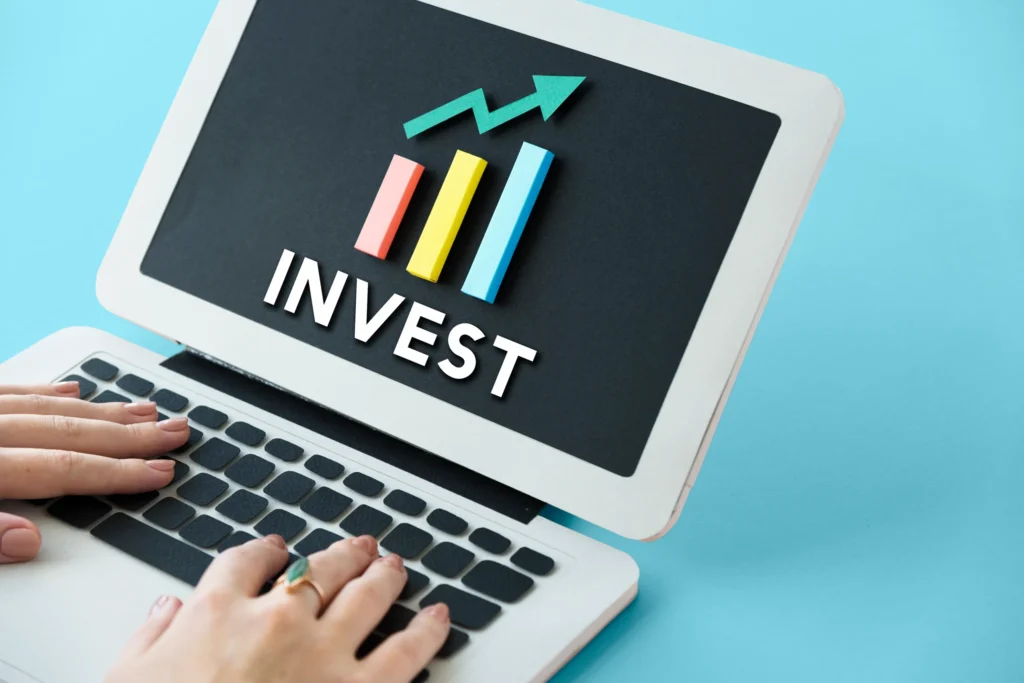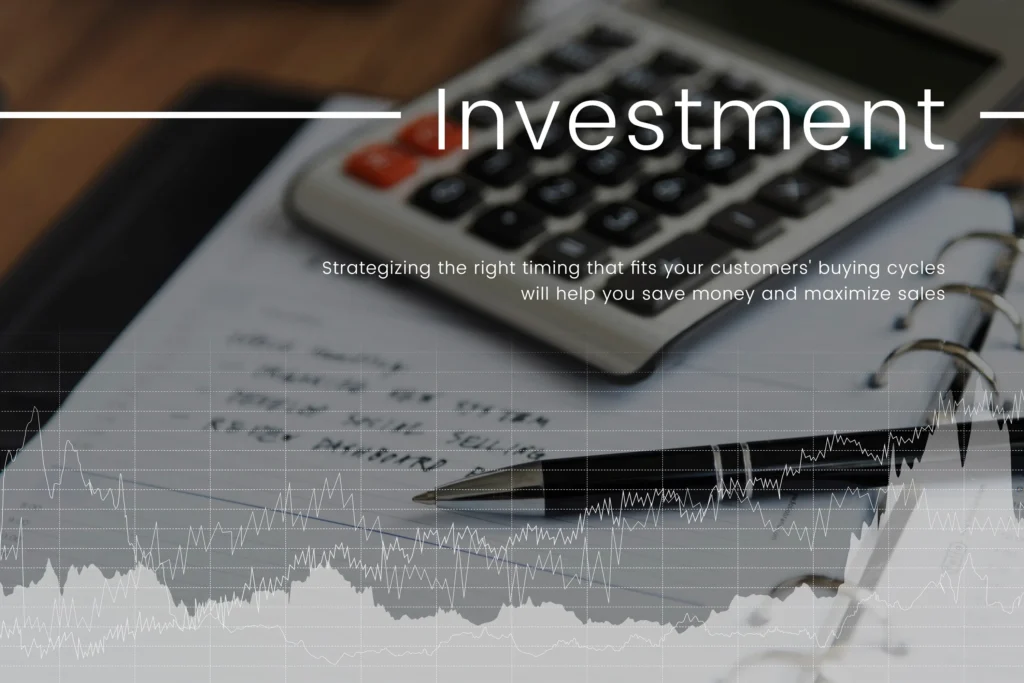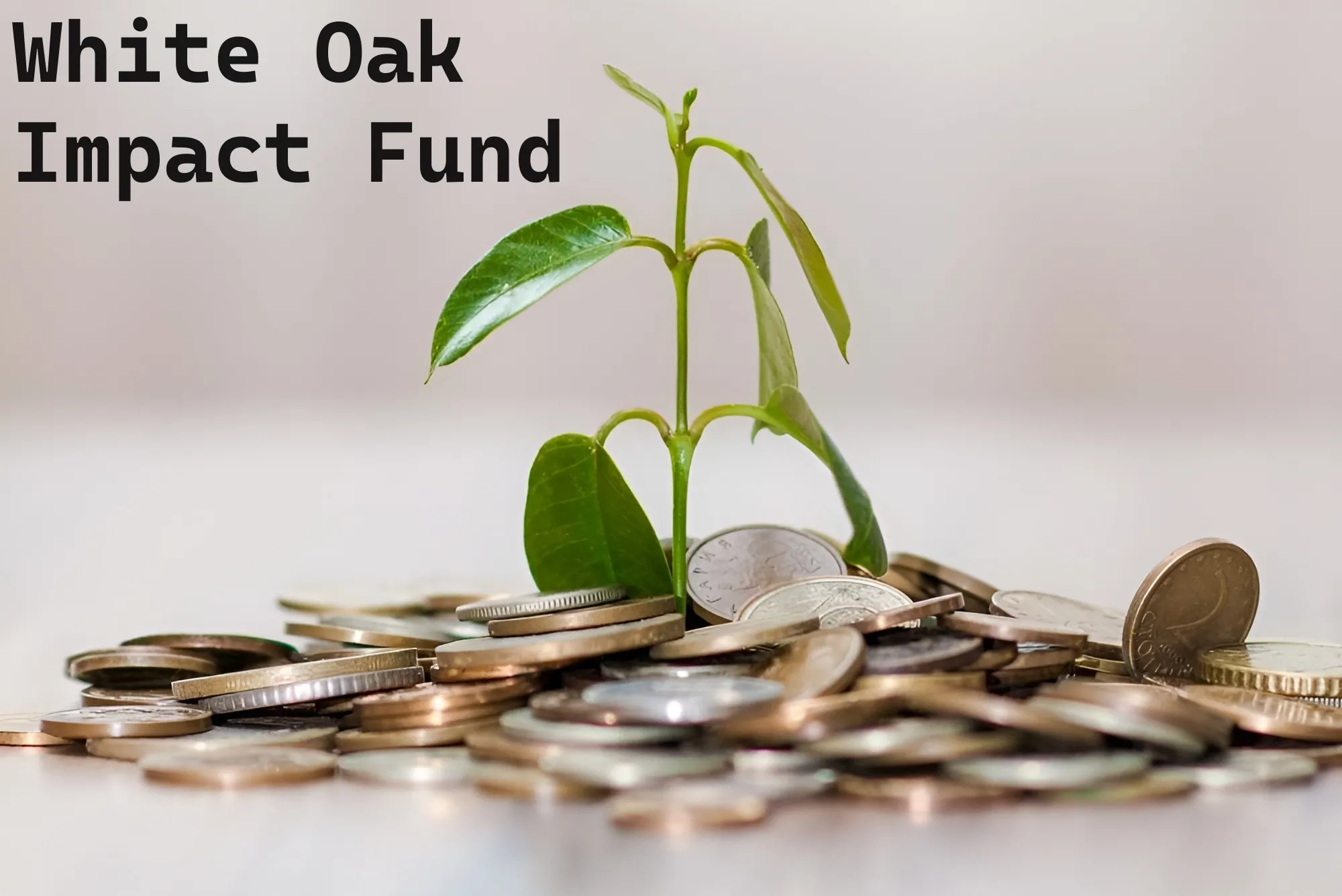The Story Behind White Oak Impact Fund

Founding and Vision
Founded in 2015 by John Doe, Jane Smith, and Michael Brown, the White Oak Impact Fund was created to bridge the gap between meaningful initiatives and necessary resources. The founders, with their backgrounds in finance and philanthropy, recognized the growing need for ethical and sustainable investment opportunities. Their vision was clear: to generate measurable social and environmental outcomes alongside financial gain, envisioning a future where communities and corporations work together for sustainability.
Key Milestones
- 2015: Foundation of the White Oak Impact Fund
- 2017: First major investment in renewable energy projects
- 2019: Expansion into affordable housing and sustainable agriculture
- 2022: Introduction of comprehensive impact measurement frameworks
Mission and Core Principles

Clear Mission Statement
The mission of the White Oak Impact Fund is to support and accelerate the transition to a sustainable and equitable world. This is achieved by investing in businesses and projects that provide innovative solutions to environmental and social challenges.
Core Values
- Sustainable Investing: Prioritizing long-term environmental and social health in all investments.
- Social Responsibility: Ensuring businesses contribute positively to society.
- Environmental Impact: Actively seeking investments that mitigate environmental harm and promote sustainability.
Investment Strategy

Detailed Strategy
The White Oak Impact Fund employs a rigorous investment strategy to ensure alignment with its mission. This includes:
- Impact Assessment: Evaluating potential investments based on expected social and environmental impact.
- Financial Viability: Ensuring investments are financially sound and capable of generating competitive returns.
- Diverse Portfolio: Building a diversified portfolio across sectors like renewable energy, healthcare, and education.
- Engagement and Advocacy: Actively engaging with portfolio companies to encourage sustainable practices.
Sector Focus
- Renewable Energy: Investing in projects that reduce greenhouse gas emissions and promote clean energy.
- Healthcare: Supporting initiatives that improve healthcare access and quality.
- Education: Funding projects that enhance educational opportunities and outcomes.
- Affordable Housing: Developing housing solutions that provide safe and accessible homes for low-income families.
Risk Management
The fund uses a combination of traditional risk assessment tools and innovative approaches tailored to the unique nature of impact investments. This ensures a balanced approach to risk and return.
Measuring and Reporting Impact

Impact Metrics and Frameworks
The White Oak Impact Fund uses robust metrics and frameworks to track social and environmental outcomes. These include:
- Social Impact: Job creation, community benefits, and improvements in quality of life.
- Environmental Impact: Carbon footprint reduction, resource conservation, and biodiversity enhancement.
Transparency and Accountability
The fund adheres to strict reporting standards, such as the Global Reporting Initiative (GRI) and Impact Reporting and Investment Standards (IRIS). This commitment to transparency ensures investors are informed about the social and environmental results of their investments.
Success Stories and Case Studies
![]()
Renewable Energy Projects
One notable success is the funding of solar and wind energy projects that have significantly reduced greenhouse gas emissions and promoted clean energy adoption.
Affordable Housing
Investments in affordable housing developments have provided safe and accessible homes for low-income families, improving living conditions and community stability.
Sustainable Agriculture
Supporting agricultural practices that promote soil health, reduce water usage, and enhance food security has been another key achievement of the fund.
Challenges in Impact Investing

Market Risks
Investment performance can be impacted by market volatility and economic downturns. The White Oak Impact Fund addresses these by diversifying investments and employing robust risk management strategies.
Measurement Difficulties
Accurately measuring social and environmental impact remains complex. The fund continually develops sophisticated tools and methodologies to improve accuracy and effectiveness.
Regulatory Challenges
Changing regulatory environments can pose challenges. The fund stays proactive, adapting to new regulations to ensure compliance and effectiveness.
Future Plans and Expansion

Upcoming Projects
Future initiatives include the Green Housing Initiative in Southeast Asia, set to launch in Q4 2024. This project aims to provide eco-friendly housing solutions while addressing local housing needs.
Growth Strategies
The fund plans to expand its investment portfolio and enter new, high-impact markets. This includes focusing on healthcare accessibility, education equity, and climate change solutions.
Leadership and Team

Profiles of Key Leaders
The success of the White Oak Impact Fund is driven by a strong leadership team, including:
- John Doe (CEO): Expert in sustainable finance.
- Jane Smith (CFO): Background in social entrepreneurship.
- Michael Brown (COO): Experienced in sustainability initiatives.
Advisory Board
The advisory board includes professionals with diverse backgrounds in finance, sustainability, and social impact, ensuring well-rounded and informed decision-making.
Partnerships and Collaborations

Key Partnerships
The fund collaborates with various organizations, including the World Resources Institute, Global Impact Investing Network, and UN Sustainable Development Solutions Network. These partnerships amplify the fund’s reach and effectiveness.
Collaborative Projects
Collaborative efforts focus on addressing complex social and environmental problems, leveraging combined expertise and resources.
How to Invest
Eligibility Criteria
Accredited investors who meet certain regulatory and financial requirements are eligible to invest in the fund.
Investment Process
The investment process is straightforward, emphasizing transparency and investor support from initial inquiry to final investment.
Expected Returns
While financial returns are crucial, the fund also highlights the non-financial benefits of impact investing. The average annual return is around 12%.
Conclusion
The White Oak Impact Fund exemplifies the potential of impact investing to drive positive change. By aligning financial returns with social and environmental goals, it offers a compelling opportunity for investors to make a difference. As the need for sustainable solutions grows, the White Oak Impact Fund stands out as a leader in responsible and impactful investing.




















+ There are no comments
Add yours